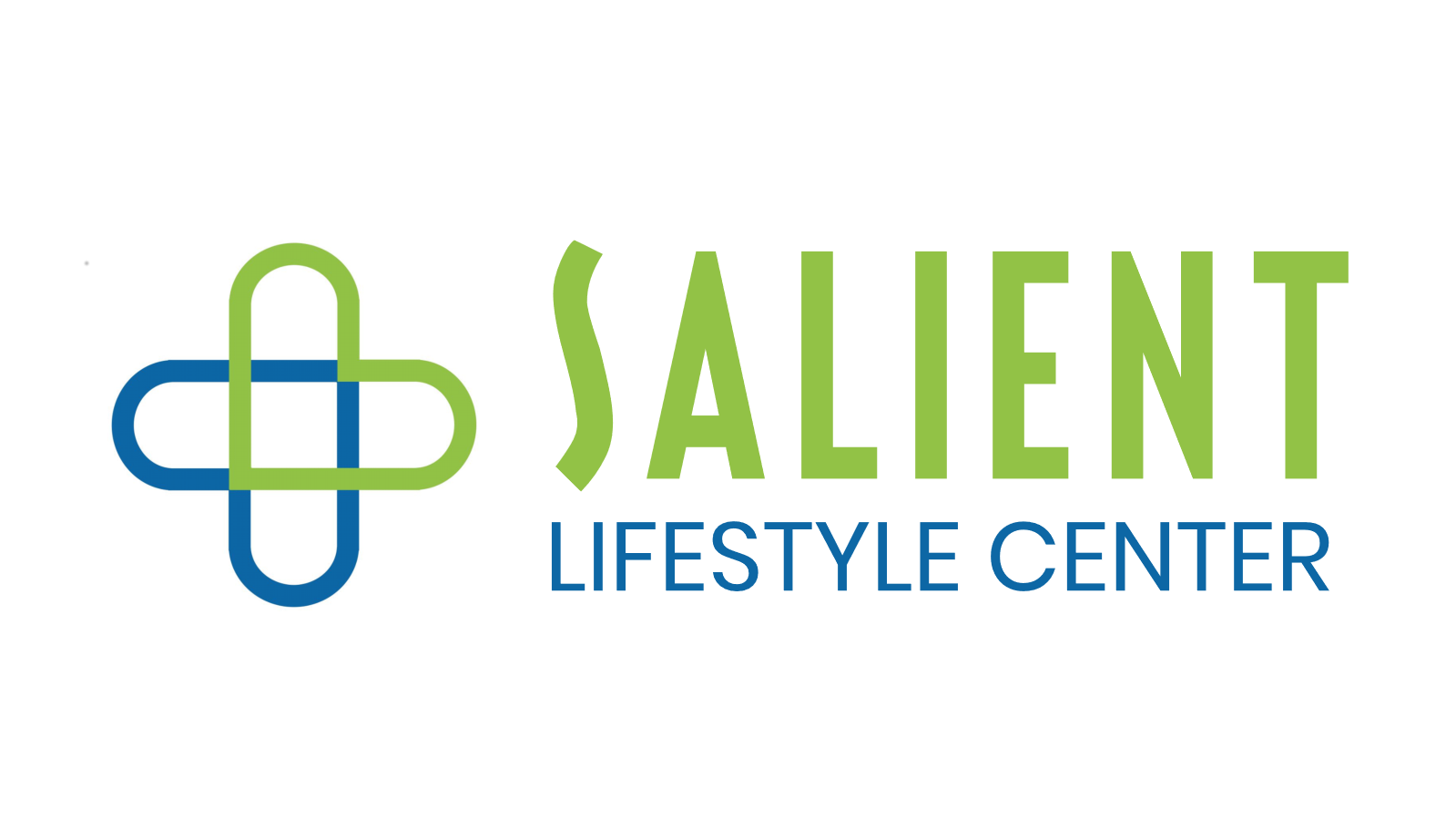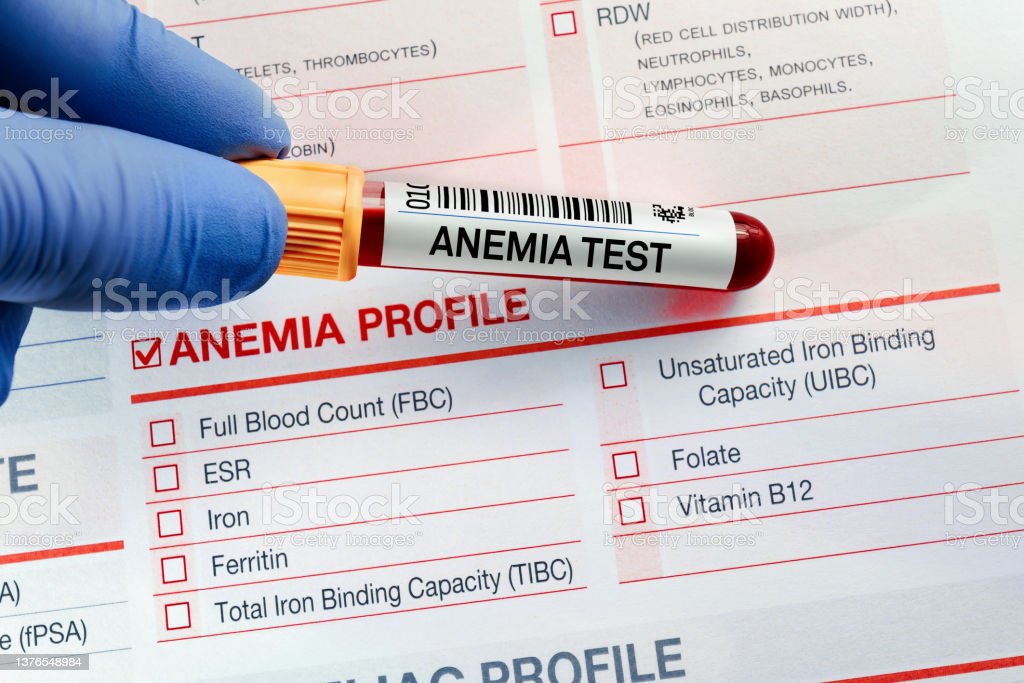If you live in one of these zip codes then you live in northern Kane County:
60109; 60110; 60136; 60124; 60123; 60177; 60140; 60118
Every three years, a group of organizations works together to assess the health of your community and set priorities for improvement during the next three years. This group includes Kane County Health Department, local hospitals, and Community Health Centers. This work aims to find out how healthy the community is and where there are problems so that they can provide the resources and education to make Kane County the healthiest county in Illinois.
A lot of work goes into gathering and assessing data from various sources, including a large survey of community residents – perhaps you have answered these questions yourself. This data is then analyzed and compared to state and national data. There are about 200 questions on the survey, and they include questions that help us learn more about how easy or difficult people are finding it to access healthcare; mental health; access to transportation, food, and housing; infectious disease, exercise; nutrition and weight; chronic disease; income, and education. The survey also asks questions about gender, race, ethnicity, and age so that they can find out whether some groups of people are having more difficulty accessing resources and whether they have poorer health as a result. As a result of this work, four priorities were identified as needing the most improvement. These are Behavioral Health (Mental Health and Substance Use); Access to Health Services; Immunizations & Infectious Diseases; Exercise, Nutrition, and Weight.
So, let’s take a quick look at a few things they learned about northern Kane County:
- 19% of individuals have fair or poor mental health compared to 13% in the US.
- 20% have been diagnosed with depression.
- 11% smoke
- 64% drink alcohol
- 41% of children aged 5-17 are overweight
- 70% of adults are overweight
- 30% felt like they had no time to exercise
- 10% of individuals are pre-diabetic
- 12% are diabetic
- 35% have high blood pressure
- 30% have high cholesterol
- 28% of people hadn’t been to the dentist in the past year
Why is this important?
When we learn what percentage of people are experiencing something that is harmful to them, we are able to see if it is an issue for a lot of people or just a few people. When we see that a lot of people are struggling with the same thing and that more people in one area are struggling then we know that the issue is affecting the community as a whole. For example, when 70% of adults are overweight and we know that this increases their risk for heart disease, strokes, diabetes, and cancer then we must find out why. Perhaps they don’t know what they should be eating to maintain a healthy weight, or they are having a hard time giving up family food that reflects their culture and don’t know that they can honor their culture and still live a healthy life. Perhaps there are no stores selling healthy food in their area, or the food that is available is too expensive or maybe they get a lot of their groceries at a local food pantry that has limited healthy options. When an individual knows what the problem is then they can figure out the best way to fix it and the same is true for a community like the one you live in.
What is being done to help?
The organizations listed above, and many others including food pantries, shelters, and churches are working together to help improve these outcomes. They will know if they were successful when they complete the next Community Health Needs Assessment. Some of the ways they are doing this are through education – making sure that the public knows how to improve their health and where there are resources to help them like Salient Lifestyle Center.
Where can I learn more?
You may have heard people say that knowledge is power and this is true because when we know better, we can do better.
If you live in Kane County and would like to learn more about the health and well-being of your community, or even your zip code, you can visit kanehealthcounts.com. If you live in another county, you can search for: Community Health Needs Assessment and you will likely find the data that relates to your community.
Salient Lifestyle Center programs are free and convenient and a friendly welcome from our expert coaches is waiting for you on your journey to good health. Don’t delay, start today!
Check out our program and event pages to learn more.




